linemanduke
Veteran Member
oh oh how about diskettes they are plastic and sacrificeable and come in a wide variety of colors. :D
this has probably asked but im a slow reader lol. will this mixture remove lettering off the plastic such as the //c on apple 2cs or the labeling on the front of my samsung?
also i have some black dell laptop pieces i can sacrifice.
Would you like me to start playing 'The Last Post'?
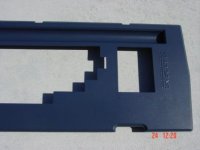
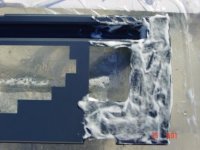
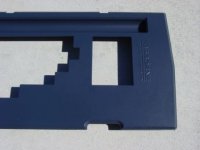
@ Lorne
If you read back I said that there were some solvents such as terpenes in the PB that could potentially de-nature the surface of the plastic; I think that's what you saw originally with the dark blue part. Solvents are to be avoided really with plastics and that's why I went for Glycerine.






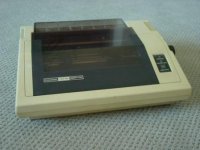
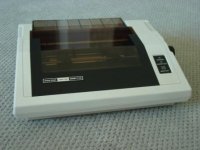
I don't know if this is going to work or not. I mixed the hydrogen peroxide and oxy-clean into a spray bottle. I put the VIC-20 case in my bath tub and a UV light above the tub. Then I just sprayed the mixture onto it every few minutes to keep it wet. I'll let you know how this works.
I don't find itThe gum wasn't easy to find.
